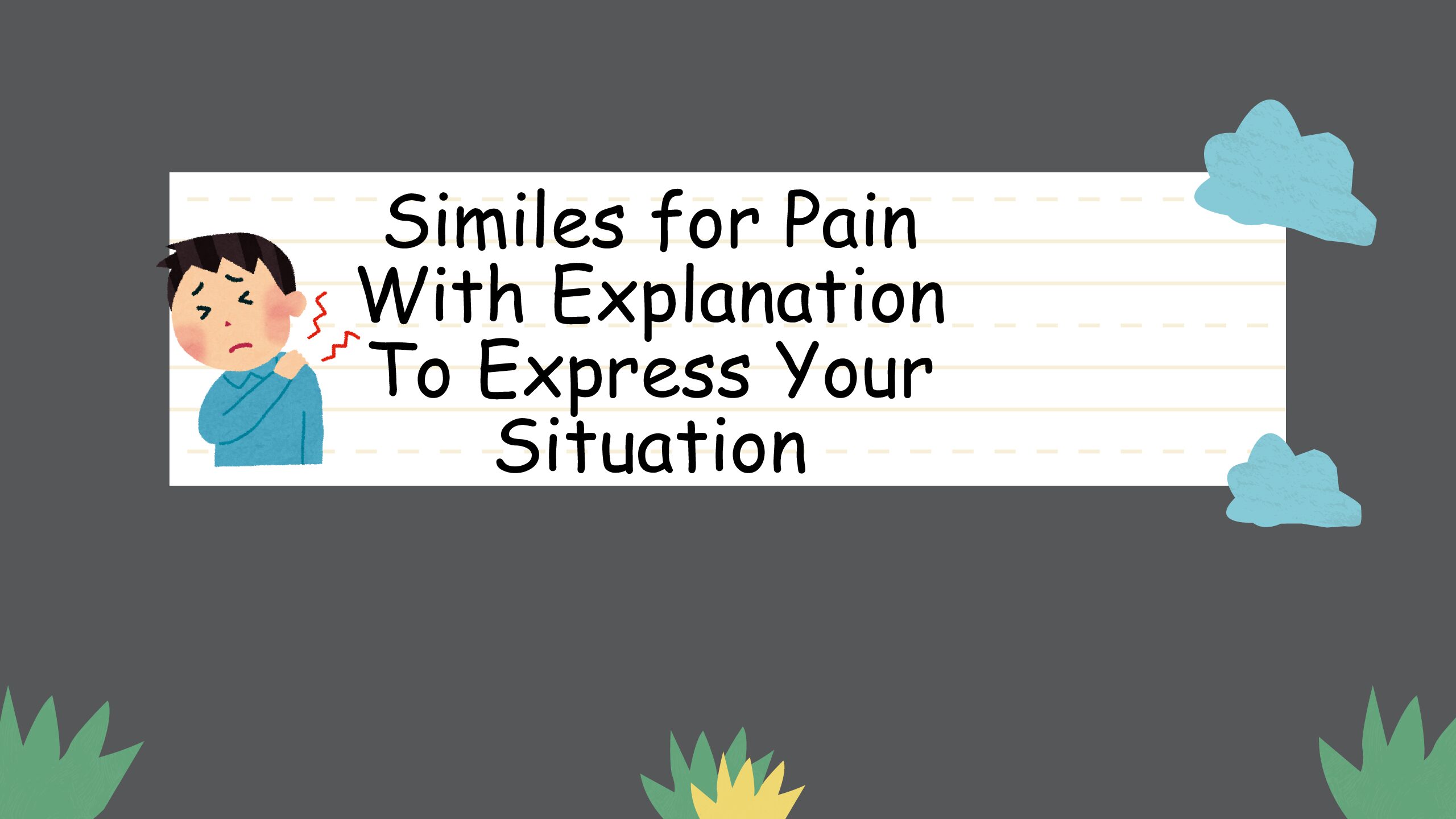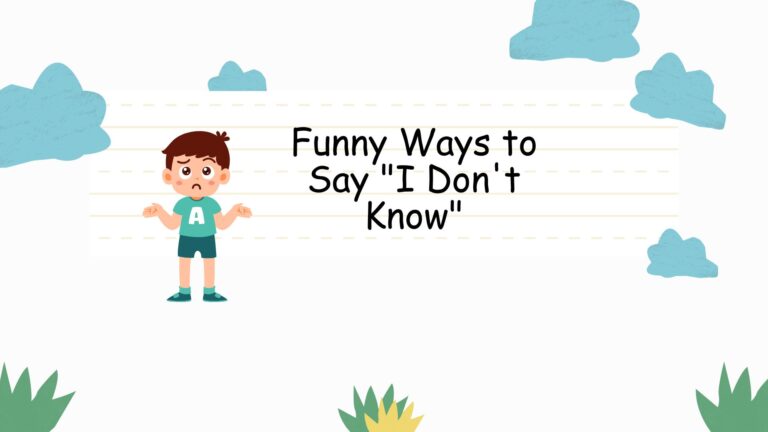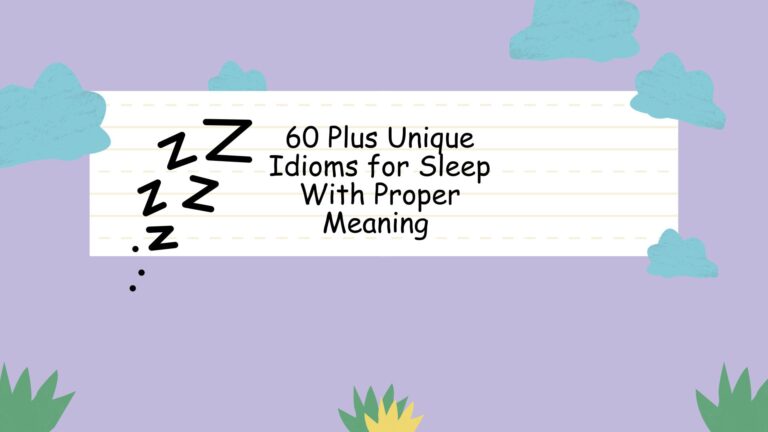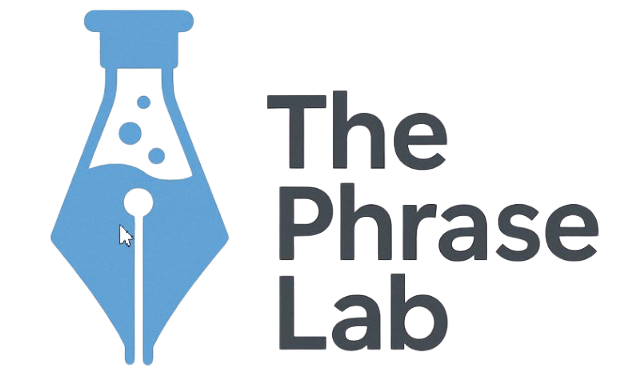
70+ Idioms for Birds: A Comprehensive Guide to Avian Expressions
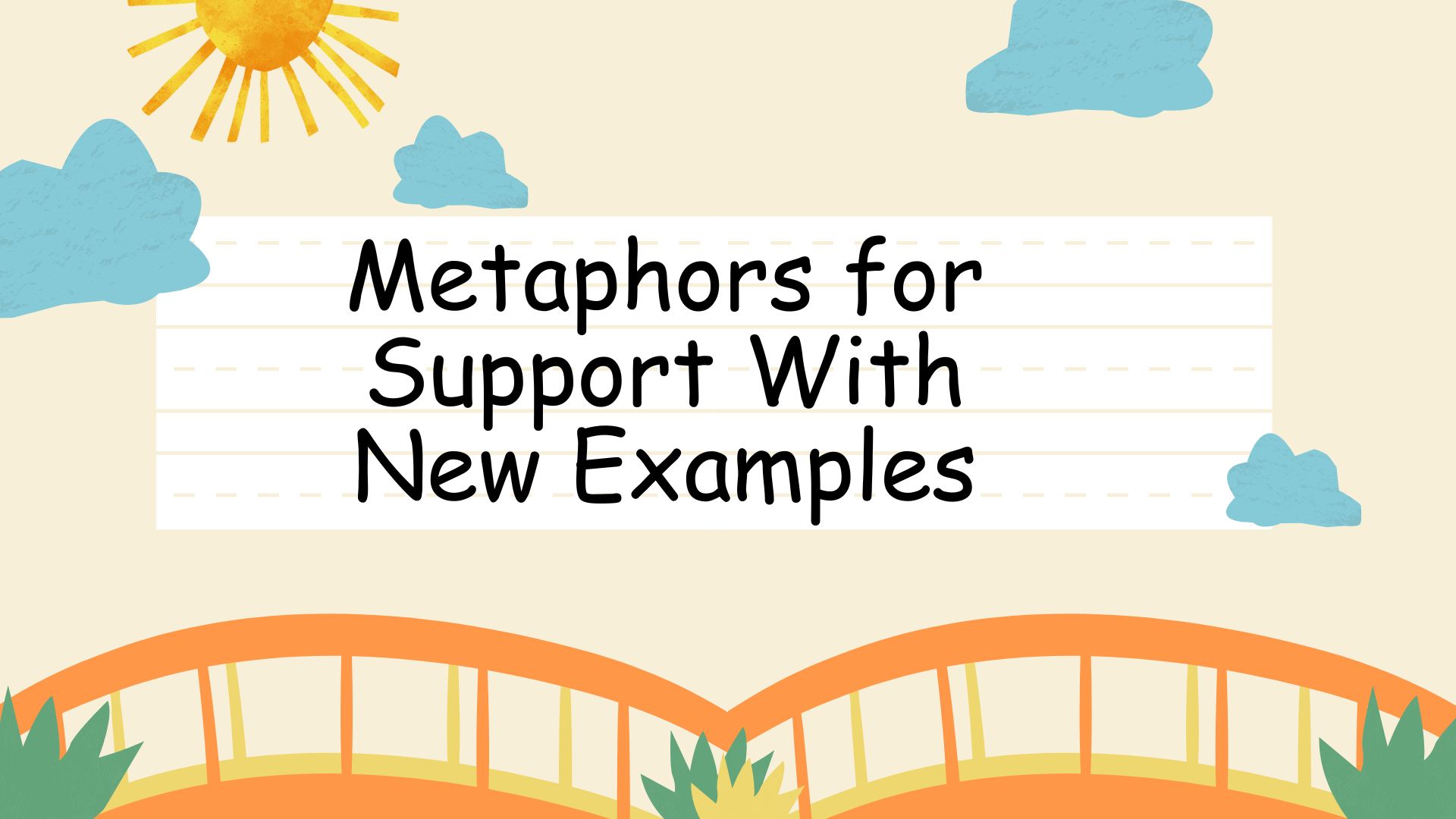
Idioms add color and depth to the English language, allowing speakers to convey nuanced meanings in a concise and engaging way. Bird-related idioms are particularly common, drawing on the imagery and characteristics of birds to express a wide range of human experiences. Understanding these idioms not only enhances your vocabulary but also provides insight into the cultural associations we have with these fascinating creatures. This article is designed for English language learners of all levels, from beginners looking to expand their knowledge to advanced speakers aiming to refine their understanding of idiomatic expressions. By exploring the definitions, origins, and usage of bird idioms, you’ll gain a greater appreciation for the richness and versatility of the English language.
Whether you are studying for an English proficiency exam, seeking to improve your conversational skills, or simply curious about the origins of common phrases, this guide will provide you with the tools and knowledge you need to master bird idioms. Through detailed explanations, numerous examples, and practical exercises, you will learn how to confidently and accurately use these expressions in your everyday communication. Prepare to take flight into the world of avian idioms!
Table of Contents
- Introduction
- Definition of Bird Idioms
- Structural Breakdown of Bird Idioms
- Types and Categories of Bird Idioms
- Examples of Bird Idioms
- Usage Rules for Bird Idioms
- Common Mistakes with Bird Idioms
- Practice Exercises
- Advanced Topics in Bird Idioms
- Frequently Asked Questions
- Conclusion
Definition of Bird Idioms
A bird idiom is a phrase or expression that uses the image or characteristics of birds to convey a meaning different from the literal interpretation of the words. Idioms, in general, are a type of figurative language, where the intended meaning is not explicitly stated but rather implied through cultural understanding and context. Bird idioms, specifically, draw upon our collective knowledge and perceptions of birds – their behaviors, habitats, and symbolic associations – to express abstract concepts and emotions.
Bird idioms can be classified based on their function within a sentence. They can act as nouns (e.g., “a little bird told me”), verbs (e.g., “eat like a bird”), or adjectives (e.g., “free as a bird”). The meaning of a bird idiom is often metaphorical, relying on the symbolic qualities of birds, such as freedom, flight, fragility, or even foolishness. The context in which the idiom is used is crucial for understanding its intended meaning.
For example, the idiom “kill two birds with one stone” doesn’t literally involve harming birds. Instead, it signifies accomplishing two tasks simultaneously with a single action. Similarly, “a bird in the hand is worth two in the bush” doesn’t refer to actual transactions involving birds; it illustrates the principle that it’s better to hold onto something certain than to risk losing it by trying to obtain something more valuable but uncertain.
Structural Breakdown of Bird Idioms
Bird idioms, like all idioms, often defy standard grammatical rules when interpreted literally. Their structure typically involves a combination of common words that, when put together, create a unique and non-literal meaning. The structural components usually include:
- Nouns: Referencing specific birds (e.g., “eagle,” “chicken,” “duck”) or general bird characteristics (e.g., “wings,” “feathers,” “nest”).
- Verbs: Describing actions associated with birds (e.g., “fly,” “sing,” “peck,” “nest”).
- Prepositions: Establishing relationships between the bird-related elements and other parts of the phrase (e.g., “on,” “in,” “with,” “like”).
- Adjectives: Modifying the bird-related nouns to further enhance the figurative meaning (e.g., “free,” “early,” “silly”).
The power of an idiom lies in its fixed structure. While some minor variations might be acceptable, significantly altering the wording can destroy the idiom’s meaning and make it incomprehensible. For instance, “a bird in the hand is worth two in the bush” cannot be effectively rephrased as “a feathered creature held is better than a pair hidden in the woods.” The original wording is essential for maintaining the idiom’s recognition and impact.
Understanding the structural components helps in recognizing and remembering idioms. By analyzing how the different parts of the phrase contribute to the overall figurative meaning, learners can more easily internalize the idiom and use it appropriately. Furthermore, recognizing the fixed nature of idioms prevents learners from making incorrect substitutions or alterations.
Types and Categories of Bird Idioms
Bird idioms can be categorized based on the specific meaning or concept they convey. Here are some common categories:
1. Freedom and Independence
These idioms often use birds to symbolize the feeling of being unrestricted and autonomous.
2. Caution and Risk
These idioms highlight the importance of being careful and avoiding unnecessary risks, often contrasting a sure thing with a potential gain.
3. Foolishness and Stupidity
Certain bird idioms are used to describe someone who is unintelligent or acts foolishly.
4. Observation and Knowledge
These idioms suggest that information has been obtained through indirect or secretive means, often implying a sense of mystery or intrigue.
5. Early Action and Advantage
These idioms emphasize the importance of acting promptly to gain an advantage or achieve a goal.
6. Odd or Unusual Behavior
These idioms describe someone who acts in a strange or unconventional manner.
7. Similarity and Association
These idioms highlight the tendency of people with similar characteristics to associate with each other.
Examples of Bird Idioms
Below are extensive examples of bird idioms, categorized for clarity. Each table provides the idiom, its meaning, and a sample sentence illustrating its use.
Common Bird Idioms
This table covers a wide range of commonly used bird idioms, providing a solid foundation for understanding and using them in everyday conversation.
| Idiom | Meaning | Example Sentence |
|---|---|---|
| A little bird told me | I heard something from a secret source. | A little bird told me you’re getting promoted. |
| Eat like a bird | To eat very little. | She eats like a bird; I don’t know how she stays so energetic. |
| For the birds | Worthless or uninteresting. | That old movie was strictly for the birds. |
| Kill two birds with one stone | To accomplish two things with one action. | By walking to work, I kill two birds with one stone: exercise and saving money on gas. |
| Free as a bird | Completely free and unconstrained. | After finishing her exams, she felt as free as a bird. |
| Early bird catches the worm | The person who arrives first has the best chance of success. | I got to the sale early; the early bird catches the worm, you know. |
| As the crow flies | In a straight line. | The distance is only five miles as the crow flies. |
| Have a bird’s-eye view | To have a view from above, or a general overview. | From the top of the tower, we had a bird’s-eye view of the city. |
| Like a duck to water | To learn something very easily and naturally. | He took to skiing like a duck to water. |
| Ugly duckling | Someone who is initially unattractive but later develops into something beautiful or impressive. | She was an ugly duckling in high school, but now she’s a successful model. |
| Sitting duck | An easy target. | Without any defenses, they were sitting ducks for the enemy. |
| Goosebumps | Bumps on the skin caused by cold or fear. | The scary movie gave me goosebumps. |
| Swan song | A final performance or achievement before retirement or death. | This concert will be the band’s swan song. |
| Ruffle feathers | To annoy or offend someone. | His comments ruffled a few feathers at the meeting. |
| Spread your wings | To become independent and try new things. | It’s time for you to spread your wings and explore the world. |
| Nest egg | A sum of money saved for the future. | They have a sizable nest egg for their retirement. |
| Crazy as a loon | Completely insane or eccentric. | He’s as crazy as a loon, but he’s also a genius. |
| As happy as a lark | Very happy and cheerful. | She was as happy as a lark on her birthday. |
| A rare bird | An unusual or exceptional person. | He’s a rare bird in the business world – someone who truly cares about his employees. |
| Eagle eye | Very sharp eyesight or observation skills. | The security guard has an eagle eye for detail. |
| Night owl | A person who stays up late at night. | I’m a night owl, so I do my best work after midnight. |
| Wise old owl | Someone who is very wise and knowledgeable. | He’s the wise old owl of the department, always offering valuable advice. |
“Birds of a Feather” Idioms
This table focuses on idioms related to the concept of similarity and association, highlighting how people with shared traits often gravitate towards each other.
| Idiom | Meaning | Example Sentence |
|---|---|---|
| Birds of a feather flock together | People with similar interests or characteristics tend to associate with each other. | They’re always together; birds of a feather flock together. |
| Like two peas in a pod | Very similar and always together. | They are like two peas in a pod, always finishing each other’s sentences. |
| Cut from the same cloth | Having the same qualities or characteristics. | Both brothers are ambitious and driven; they’re cut from the same cloth. |
| Kindred spirits | People who share similar interests and values. | They became fast friends because they were kindred spirits. |
| In the same boat | In the same difficult situation. | We’re all in the same boat when it comes to the new company policy. |
| Partners in crime | People who often do things together, especially things that are slightly mischievous. | They were partners in crime during their college years. |
| Two of a kind | Very similar in personality or behavior. | Those two are two of a kind; they both love adventure. |
| Think alike | To have similar thoughts or opinions. | They always think alike, which makes working together easy. |
| On the same wavelength | Thinking in a similar way. | We’re on the same wavelength when it comes to design. |
| Walk the same path | To have a similar life journey or experience. | They’ve walked the same path, both facing similar challenges in their careers. |
| Share a common bond | To have a strong connection or shared experience. | The team members share a common bond from their shared victories. |
| See eye to eye | To agree with someone. | We don’t always see eye to eye, but we respect each other’s opinions. |
| Of one mind | To have the same opinion or intention. | The committee was of one mind regarding the new proposal. |
| Travel in the same circles | To socialize with the same group of people. | They travel in the same social circles, so they often run into each other. |
| Cut from the same mold | Having very similar characteristics or qualities. | The siblings were cut from the same mold, all ambitious and driven. |
| March to the same drum | To share the same goals and values. | The employees march to the same drum, all committed to the company’s mission. |
| Sing from the same hymn sheet | To agree on a particular issue or plan. | The politicians need to sing from the same hymn sheet to get the legislation passed. |
| Have a meeting of the minds | To come to an agreement or understanding. | After a long discussion, they finally had a meeting of the minds. |
| Play on the same team | To work together towards a common goal. | We need to play on the same team if we want to succeed. |
| Share the same values | To have similar beliefs about what is important in life. | They share the same values, which makes their relationship strong. |
“Bird-Brain” Idioms
This table presents idioms that use the image of a bird to suggest a lack of intelligence or foolishness. Understanding these idioms requires sensitivity, as they can be considered offensive in certain contexts.
| Idiom | Meaning | Example Sentence |
|---|---|---|
| Bird-brained | Stupid or silly. | That was a bird-brained idea! |
| Scatterbrained | Disorganized and forgetful. | She’s so scatterbrained; she always forgets her keys. |
| Empty-headed | Lacking intelligence or serious thought. | He’s handsome, but a bit empty-headed. |
| Not the sharpest tool in the shed | Not very intelligent. | He’s a nice guy, but he’s not the sharpest tool in the shed. |
| A few sandwiches short of a picnic | Not very intelligent or sensible. | I think he’s a few sandwiches short of a picnic. |
| Not all there | Mentally absent or not fully aware. | He seems a bit not all there today. |
| Out to lunch | Not paying attention or not understanding what’s going on. | He’s completely out to lunch if he thinks that plan will work. |
| Lost his marbles | Become senile or insane. | I think he’s lost his marbles in his old age. |
| One brick short of a load | Not very intelligent or sensible. | I think he’s one brick short of a load. |
| Not the brightest bulb in the box | Not very intelligent. | He’s not the brightest bulb in the box, but he’s hardworking. |
| A dumbbell | A stupid person. | He’s such a dumbbell; he can’t even operate the microwave. |
| Thick as a brick | Very stupid. | He’s as thick as a brick; he can’t understand simple instructions. |
| Nitwit | A silly or foolish person. | Don’t be such a nitwit; think before you act. |
| Half-baked | Not fully thought out or planned. | That’s a half-baked idea; it needs more work. |
| Brainless | Lacking intelligence. | That was a brainless thing to do! |
| Dim-witted | Stupid or slow to understand. | He’s a bit dim-witted, but he has a good heart. |
| Simpleton | A foolish or unintelligent person. | Don’t treat me like a simpleton; I understand what you’re saying. |
| Idiot | A very stupid person. | Only an idiot would make that mistake. |
| Moron | A stupid person. | He’s such a moron; he can’t do anything right. |
| Fool | A person who acts unwisely or imprudently. | Don’t be a fool; think before you speak. |
Usage Rules for Bird Idioms
Using bird idioms correctly involves understanding their specific meanings and applying them in appropriate contexts. Here are some key usage rules:
- Context is Key: Always consider the context of the conversation or writing. An idiom that is suitable in one situation might be inappropriate in another.
- Audience Awareness: Be mindful of your audience. Some idioms may be unfamiliar to non-native speakers or certain age groups.
- Figurative Meaning: Remember that idioms are not meant to be taken literally. Focus on the implied meaning rather than the individual words.
- Fixed Structure: Avoid altering the wording of an idiom, as this can change its meaning or make it incomprehensible.
- Tone and Formality: Be aware of the tone conveyed by the idiom. Some idioms are informal and best suited for casual conversation, while others are more formal and appropriate for professional settings.
- Cultural Sensitivity: Be cautious when using idioms that might be offensive or insensitive, particularly those that rely on stereotypes or negative associations.
For instance, using the idiom “bird-brained” to describe someone’s intelligence in a professional setting would be highly inappropriate and could be considered offensive. Instead, it would be more suitable to use a less judgmental phrase like “lacking experience” or “unfamiliar with the subject matter.”
Similarly, when communicating with non-native English speakers, it’s often best to avoid using idioms altogether, or to explain their meaning clearly if you do use them. This ensures that your message is understood and avoids any potential confusion or misinterpretation.
Common Mistakes with Bird Idioms
Learners often make predictable mistakes when using bird idioms. Here are some common errors and how to avoid them:
| Incorrect | Correct | Explanation |
|---|---|---|
| A little dog told me | A little bird told me | The correct animal is “bird,” not “dog.” |
| Eat like a horse | Eat like a bird | “Eat like a horse” means to eat a lot, while “eat like a bird” means to eat very little. |
| For the trees | For the birds | The correct phrase is “for the birds,” meaning worthless or uninteresting. |
| Kill two stones with one bird | Kill two birds with one stone | The words are reversed, changing the meaning. |
| Free as an eagle | Free as a bird | While eagles are birds, the common idiom is “free as a bird.” |
| Early chicken catches the worm | Early bird catches the worm | The correct bird is “bird,” not “chicken.” |
| As the bee flies | As the crow flies | The correct bird is “crow,” not “bee.” |
| Have a worm’s-eye view | Have a bird’s-eye view | The correct phrase is “bird’s-eye view,” meaning a view from above. |
| Like a fish to water | Like a duck to water | The correct idiom is “like a duck to water,” meaning to learn something easily. |
| Beautiful duckling | Ugly duckling | The idiom refers to an initially unattractive individual. |
Another common mistake is misinterpreting the meaning of an idiom based on a literal understanding of the words. For example, someone might assume that “a little bird told me” literally means that a bird shared a secret. It’s important to remember that idioms have figurative meanings that are often unrelated to the literal interpretation of the words.
Practice Exercises
Test your understanding of bird idioms with these exercises. Choose the correct idiom to complete each sentence.
| Question | Possible Answers | Correct Answer |
|---|---|---|
| 1. I heard from a secret source. __________. | a) A little dog told me, b) A little bird told me, c) A big cat told me | b) A little bird told me |
| 2. She eats very little; she __________. | a) eats like a horse, b) eats like a pig, c) eats like a bird | c) eats like a bird |
| 3. That movie was worthless; it was __________. | a) for the trees, b) for the birds, c) for the bees | b) for the birds |
| 4. He accomplished two tasks at once; he __________. | a) killed two stones with one bird, b) killed two birds with one stone, c) killed one bird with two stones | b) killed two birds with one stone |
| 5. After graduating, she felt completely free; she felt __________. | a) free as an eagle, b) free as a crow, c) free as a bird | c) free as a bird |
| 6. He arrived early and got the best deal; the __________. | a) early chicken catches the worm, b) early bird catches the worm, c) early duck catches the worm | b) early bird catches the worm |
| 7. The distance is short in a straight line, __________. | a) as the bee flies, b) as the crow flies, c) as the butterfly flies | b) as the crow flies |
| 8. From the tower, we had a view from above, a __________. | a) worm’s-eye view, b) fish’s-eye view, c) bird’s-eye view | c) bird’s-eye view |
| 9. He learned to swim easily, __________. | a) like a fish to water, b) like a duck to water, c) like a frog to water | b) like a duck to water |
| 10. She was unattractive as a child but beautiful later, an __________. | a) beautiful duckling, b) cute duckling, c) ugly duckling | c) ugly duckling |
Answers: 1. b, 2. c, 3. b, 4. b, 5. c, 6. b, 7. b, 8. c, 9. b, 10. c
Exercise 2: Fill in the blanks with the correct bird idiom.
- I don’t believe you. __________ you’re lying.
- She’s saving money for retirement; she’s building a __________.
- He’s always up late; he’s a __________.
- They are very similar; __________.
- He annoyed everyone at the meeting; he __________.
- He’s not very smart; he’s __________.
- It’s better to keep what you have; __________.
- The company is vulnerable; it’s a __________.
- This is her final performance; it’s her __________.
- It’s time to be independent and try new things; it’s time to __________.
Answers: 1. A little bird told me, 2. nest egg, 3. night owl, 4. birds of a feather, 5. ruffled feathers, 6. bird-brained, 7. a bird in the hand is worth two in the bush, 8. sitting duck, 9. swan song, 10. spread your wings
Advanced Topics in Bird Idioms
For advanced learners, exploring the etymology and cultural context of bird idioms can provide a deeper understanding of their meaning and usage. Many bird idioms have historical roots that reflect past beliefs and observations about birds. For example, the idiom “early bird catches the worm” likely originated from agricultural societies where farmers who started their day early were more successful in their work.
Furthermore, the symbolic association of specific birds can vary across cultures. While owls are often seen as symbols of wisdom in Western cultures, they can be associated with bad luck or death in other parts of the world. Understanding these cultural nuances is essential for using bird idioms appropriately in diverse contexts.
Another advanced topic is the use of bird idioms in literature and rhetoric. Authors and speakers often employ bird idioms to add color and imagery to their writing or speech, making it more engaging and memorable. Analyzing how bird idioms are used in different literary works can provide valuable insights into their expressive potential.
Frequently Asked Questions
- What is an idiom?
An idiom is a phrase or expression whose meaning cannot be understood from the literal meanings of the individual words. It is a figure of speech that relies on cultural understanding and context for its interpretation. - Why are bird idioms so common?
Birds are a ubiquitous part of our environment and have long been associated with various symbolic meanings, such as freedom, flight, and wisdom. These associations make them a natural source of imagery for idiomatic expressions. - How can I improve my understanding of bird idioms?
The best way to improve your understanding of bird idioms is to read widely, listen to native speakers, and practice using them in your own communication. Pay attention to the context in which the idioms are used and try to understand the underlying meaning. - Are bird idioms universal?
No, bird idioms are not universal. Different languages and cultures have their own unique idioms, and the same bird might have different symbolic associations in different cultures. - Is it okay to use bird idioms in formal writing?
It depends on the specific idiom and the tone of your writing. Some bird idioms are informal and best suited for casual conversation, while others are more formal and appropriate for professional settings. - Can I change the wording of a bird idiom?
Generally, no. Idioms have a fixed structure, and changing the wording can alter their meaning or make them incomprehensible. - What should I do if I don’t understand a bird idiom?
Ask for clarification. Don’t be afraid to ask the speaker to explain the meaning of the idiom. You can also consult a dictionary or online resource for help. - Are some bird idioms offensive?
Yes, some bird idioms, particularly those that suggest a lack of intelligence or negative stereotypes, can be offensive. Be mindful of your audience and the potential impact of your words.
Conclusion
Mastering bird idioms is an enriching journey that enhances your understanding of the English language and its cultural nuances. By exploring the definitions, structures, types, and usage rules of these avian expressions, you’ve gained valuable tools for effective communication. Remember to pay attention to context, be mindful of your audience, and avoid common mistakes.
Continue to expand your knowledge by reading widely, listening actively, and practicing using bird idioms in your own speech and writing. Embrace the richness and versatility of the English language, and let your understanding of bird idioms take flight! With consistent effort and a keen ear, you’ll be able to confidently and accurately use these expressions to add color and depth to your communication.
As you continue your language learning journey, remember that idioms are just one piece of the puzzle. Focus on developing a well-rounded understanding of grammar, vocabulary, and cultural context to become a truly proficient and confident English speaker. Keep exploring, keep learning, and keep soaring!

